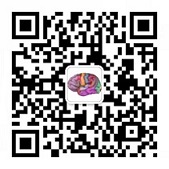Sultiame (Sulthiame)
1) The main possible mechanism: Inhibition of carbonic anhydrase activity.
2) Therapeutic indications: It is mainly used for the treatment of some intractable self-limited epilepsy with centrotemporal spikes, and also for some epileptic encephalopathy (especially the EEG shows continuous spikes and waves during sleep).
3) Warning: It should not be used in children who are allergic to sultiame and other sulfonamides. In addition, it is not recommended for children with acute porphyria, hyperthyroidism or arterial hypertension.
4) Dosage for children: Click to view the dosage for children of different ages and weights.
5) Major adverse reactions in children: Ataxia, giddiness, paraesthesias in the extremities and in the face, hyperpnoea, anorexia, weight loss, rash. Combined use with other carbonic anhydrase inhibition (such as topiramate and zonisamide) will increase the risk of metabolic acidosis and renal stone.
6) Interaction with other anti-epileptic drugs: It can inhibit the metabolism of phenobarbital, phenytoin and primidone, and increase the concentration of these drugs. In combination with lamotrigine, an elevation of lamotrigine levels in the blood has also been observed in individual cases. In addition, carbamazepine may reduce the blood concentration of sultiame.
7) Interaction with non-anti-epileptic drugs: Avoid concomitant use of alcohol.

 English
English  简体中文
简体中文 